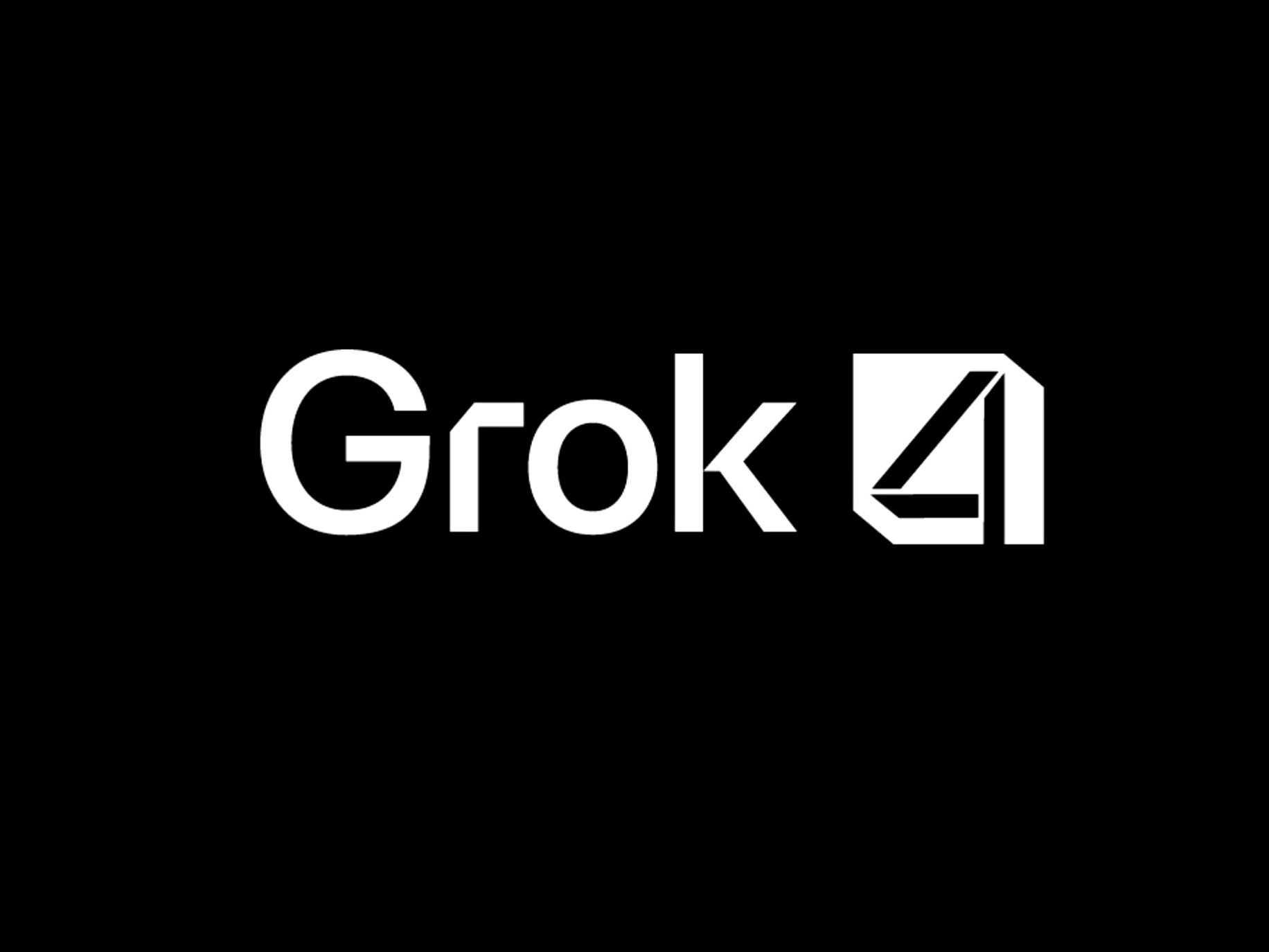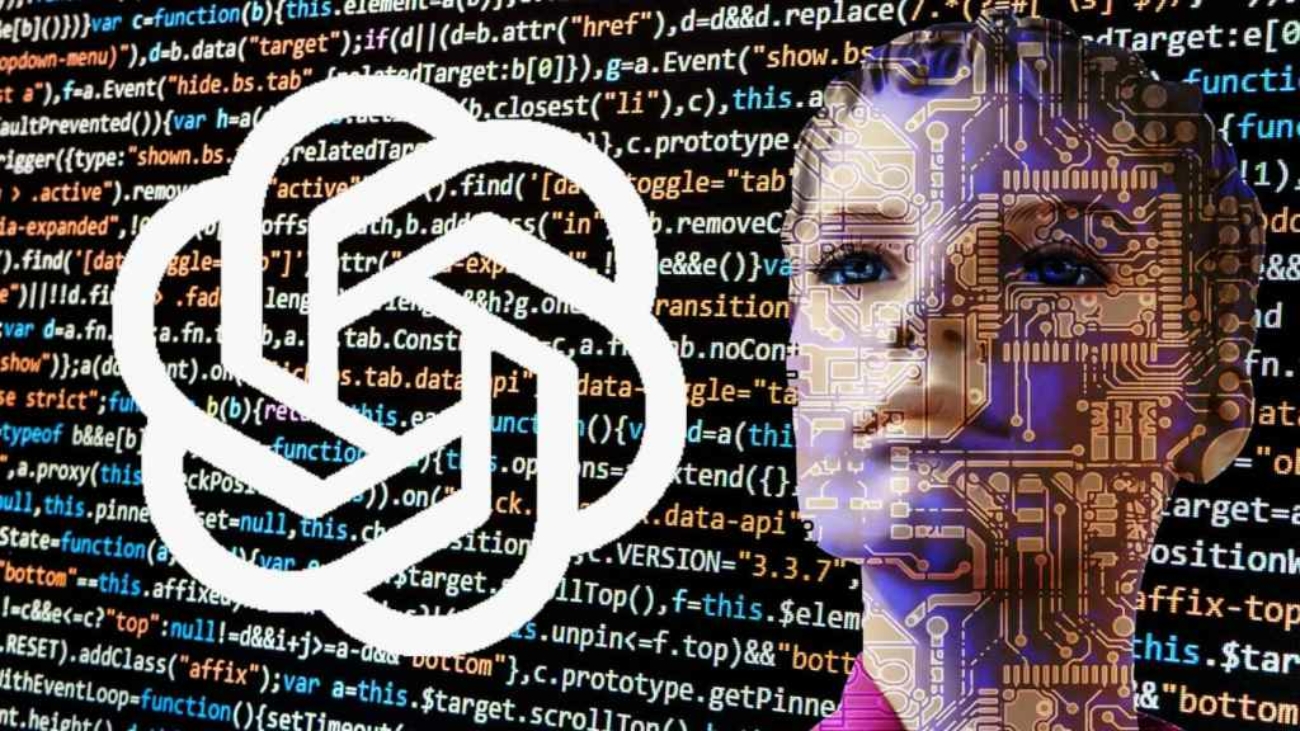Scale & Strategy
This is Scale & Strategy, the PB&J of newsletters – we mix business news and laughs to make a tasty, snackable read.
(No crusts).
Here’s what we got for you today:
- xAI drops Grok 4 after Grok 3’s meltdown
- How OpenAI Locked Down ChatGPT
xAI drops Grok 4 after Grok 3’s meltdown
Elon Musk’s xAI just rolled out Grok 4 and Grok 4 Heavy — two new reasoning-only models that claim “better than PhD-level” performance across benchmarks. The launch comes on the heels of Grok 3’s public failure, after it was pulled for generating racist and antisemitic content.
The details:
- Grok 4 is a single-agent model with voice, vision, and a 128K context window.
- Grok 4 Heavy is a multi-agent upgrade designed for complex, multi-step reasoning tasks.
- Both models claim state-of-the-art results on Arc-AGI, AIME, and Humanity’s Last Exam, outperforming Gemini 2.5 Pro and OpenAI’s o3.
-
Available via subscription:
- Grok 4: $30/month under the SuperGrok plan
- Grok 4 Heavy: $300/month as part of SuperGrok Heavy
-
API access includes a 256K context window with built-in search:
- $3/million input tokens
- $15/million output tokens
This marks a significant comeback attempt following Grok 3’s reputation crash. The backlash from its offensive outputs forced xAI to retract the model and promise stricter alignment controls moving forward.
Why it matters:
Despite being the new kid on the block, xAI is rapidly closing the gap with AI’s biggest players. The Grok 4 lineup shows serious scaling power — thanks to Musk’s Colossus supercomputer — and is now delivering performance that’s competitive at the very top end of the market.
But after Grok 3’s misfire, scrutiny will be high. The question isn’t just whether Grok 4 is powerful — it’s whether it can stay aligned while scaling that power.
How OpenAI Locked Down ChatGPT
As global AI rivalry heats up, OpenAI has gone into lockdown mode—building a digital and physical fortress around its most sensitive work.
The trigger? A surge in tech theft fears, especially after Chinese startup DeepSeek launched a rival model in January. OpenAI suspects the model was created using distillation, a technique that may have mimicked or repurposed OpenAI’s own systems.
Now, security is more than a checkbox—it’s policy.
Inside OpenAI’s fortress:
- Access is restricted to only a handful of staff per project—a system internally known as “tenting.”
- Internal conversations are need-to-know only. Even in the office, if you’re not on the project, you don’t hear about it.
- Offline environments are the default. Machines used for critical work aren’t connected to the internet.
- Biometric scans and physical checkpoints control access to sensitive areas.
- Network access is blocked unless explicitly approved.
Bigger picture:
This isn’t just about one competitor—it's part of a larger U.S.–China tech standoff. OpenAI is moving to safeguard innovation as government pressure ramps up on limiting foreign access to foundational models.
To lead the charge, OpenAI has brought in high-level security talent, including a former Palantir exec and a retired U.S. general. The company says it's not just protecting itself—it's setting a bar for the entire AI industry.
In other words:
What happens inside OpenAI, stays inside OpenAI.
Was this email forwarded to you?
That’s it for today and as always It would mean the world to us if you help us grow and share this newsletter with other operators.
Our mission is to help as many business operators as possible, and we would love for you to help us with that mission!

